Ditalini pasta, undeniably a staple in Italian cuisine, is far more than merely a type of pasta. Indeed, it serves as a culinary canvas, seamlessly weaving together a rich history, remarkable versatility, and substantial nutritional value. In this comprehensive guide, we are set to embark on an enlightening journey that delves deep into the intricacies of ditalini pasta. We will traverse from its historical roots, journeying through its modern culinary applications, and delve into nutritional insights, not to mention providing expert tips on cooking techniques. Consequently, this guide stands as your quintessential resource for everything you need to know about ditalini pasta. Therefore, let’s eagerly dive into the delightful and fascinating world of this beloved pasta variety!
Introduction to Ditalini Pasta
What is Ditalini Pasta ?
Ditalini, often called ‘little thimbles’, epitomizes the charm of Italian pasta. These small, tube-shaped pieces are vital in many traditional dishes. Just as a Chicken Parm Sandwich represents a classic in Italian sandwiches, ditalini stands out in the pasta world. Their unique size and shape make them perfect for soups, salads, and main courses, highlighting their culinary versatility.

Historical Background
The journey of ditalini pasta is as rich and flavorful as the pasta itself. Originating from the heart of Italy, this pasta has been an essential cornerstone in Italian kitchens for centuries. To learn more about the history of Italian pasta, visit Smithsonian Magazine’s article on pasta.. Historically, it is believed that ditalini first emerged in the southern regions of Italy. Here, it was quickly embraced for its remarkably quick cooking time and exceptional versatility. As time progressed, ditalini began to cross regional boundaries within Italy. Gradually, it gained widespread popularity and became a beloved ingredient in kitchens not just throughout Italy, but around the world.
In the next section, we’ll delve into the various types and varieties of ditalini pasta, uncovering how each brings a unique twist to this classic pasta shape.
Exploring Different Types of Ditalini Pasta
Ditalini pasta, characterized by its charming small size and remarkable versatility, offers various types that cater to diverse culinary needs. The versatility of ditalini can be likened to the adaptability of ingredients like Creme de Cassis, used in various culinary creations. Let’s delve into these varieties to discover how each imparts a unique flavor and texture to your dishes.
Ditaloni and Ditali Varieties
Ditalini has larger relatives, namely Ditaloni and Ditali, sharing the same tubular shape but varying in size. Ditaloni, which translates to ‘little thimbles’ in Italian, are larger in size and ideally suited for heartier dishes. Their exceptional ability to absorb flavors makes them a perfect match for thick sauces and hearty stews. In contrast, Ditali, slightly smaller than Ditaloni, shine in lighter fare such as soups and salads. Their more compact size enables seamless integration with other ingredients, enhancing the overall texture of the dish.
Regional Variations
Each region in Italy brings its own twist to ditalini pasta. In the south, ditalini is often used in rustic soups like Minestrone or Pasta e Fagioli, mingling with legumes and vegetables. In contrast, northern regions might pair it with creamier sauces, showcasing the pasta’s ability to adapt to different culinary styles. This regional diversity not only highlights ditalini’s versatility but also its integral role in Italian cuisine.
In the next part, we’ll dive into the culinary uses of ditalini pasta, exploring traditional and modern recipes that showcase this pasta’s incredible adaptability.
Culinary Uses of Ditalini Pasta
Ditalini pasta, with its petite size and versatile nature, is a culinary chameleon. It’s a key player in both traditional Italian dishes and modern, innovative recipes. Discover a variety of recipes featuring ditalini pasta at Allrecipes, innovative recipes. Let’s explore how ditalini pasta shines in various culinary creations.
Traditional Italian Dishes
In the realm of traditional Italian cooking, ditalini is a star. It’s the go-to pasta for classic soups like Minestrone and Pasta e Fagioli. In these dishes, ditalini’s small size allows it to meld harmoniously with other ingredients, absorbing flavors and adding a delightful texture. Beyond soups, ditalini is also a favorite in pasta salads, often tossed with fresh vegetables, herbs, and a zesty dressing. It’s this adaptability that makes ditalini a beloved ingredient in Italian households.
Modern Fusion and Experimental Recipes
Ditalini has transcended its traditional role and captivated the imagination of contemporary chefs and home cooks seeking culinary innovation. Fusion dishes, seamlessly merging Italian and other culinary traditions, frequently feature ditalini for its remarkable adaptability to a wide range of flavors. Imagine ditalini in a zesty Asian-inspired broth or as the foundation of a Mediterranean-style salad adorned with olives and feta. Thanks to its petite size and neutral flavor, ditalini serves as an exceptional canvas for culinary experimentation.
In the next section, we’ll delve into the art of cooking ditalini pasta. From achieving the perfect al dente texture to incorporating it into various dishes, we’ll cover all the essential techniques.
Mastering Cooking Techniques for Ditalini Pasta
Cooking ditalini pasta to perfection involves understanding the right techniques. Whether you’re aiming for a classic al dente texture or using it in baked dishes, mastering these methods will elevate your ditalini dishes to new heights.
Boiling and Al Dente Preparation
The key to perfect ditalini pasta lies in the boiling. Start with a large pot of salted water – this gives the pasta ample space to cook evenly and adds flavor. As ditalini is small, it cooks quickly, usually in about 6 to 8 minutes. To achieve that coveted al dente texture, where the pasta is tender yet firm to the bite, it’s crucial to taste it a minute before the suggested cooking time. Remember, it will continue to cook a bit even after you’ve drained it.
Baking and Salad Incorporations
Ditalini’s versatility extends well beyond its traditional role in soups and stews. In the realm of baked pasta dishes, it excels by adeptly absorbing the rich flavors of sauces and cheeses. When you incorporate ditalini into baked recipes, a valuable tip is to slightly undercook it during boiling. This strategy takes into account its continued cooking in the oven. Conversely, when preparing salads, it’s crucial to let the cooked ditalini cool before mixing it with other ingredients. This step is essential to prevent the pasta from over-absorbing the dressing, which could result in a soggy texture. By following this method, you ensure that each bite maintains a delightful and satisfying texture.
Now, we’ll explore the nutritional profile of ditalini pasta, discussing its caloric content, carbohydrate levels, and gluten-free options.
Nutritional Information of Ditalini Pasta
Understanding the nutritional profile of ditalini pasta is essential for those who love this delightful ingredient but also want to maintain a balanced diet. For more detailed nutritional information, check out Healthline’s guide to pasta nutrition. Let’s break down the nutritional aspects of ditalini pasta, including its caloric content and the availability of healthier alternatives like gluten-free and whole wheat options.
Caloric Content and Carbohydrates
Ditalini pasta, like most traditional pastas, is primarily a source of carbohydrates. A typical serving of cooked Tiny thimbles pasta contains about 200 calories, with the majority coming from carbs. It’s a good source of energy, especially for those with active lifestyles. However, portion control is key, as it’s easy to consume more than the recommended serving size, leading to higher calorie intake.
Gluten-Free and Whole Wheat Options
For individuals navigating dietary restrictions or health considerations, ditalini pasta is available in a range of healthier alternatives. Notably, for those managing gluten sensitivities or celiac disease, gluten-free ditalini stands out as an exemplary option. This variant, crafted from ingredients such as rice flour or legumes, caters specifically to their dietary needs. Conversely, whole wheat ditalini presents another alternative, distinguished by its higher fiber content. This attribute is particularly beneficial for aiding digestion and enhancing overall health. Consequently, these alternative forms of Miniature thimbles pasta ensure that everyone, regardless of their dietary requirements, can relish the versatility and delightful taste of Small thimbles pasta without having to compromise on their health or dietary preferences.
In the next section, we’ll explore the best ingredients to pair with Tiny thimbles pasta, from sauces and seasonings to vegetables and proteins, to create harmonious and flavorful dishes.
Best Ingredients to Pair with Ditalini Pasta
Ditalini pasta, celebrated for its diminutive stature and remarkable adaptability, melds seamlessly with an array of ingredients. Excelling in combinations ranging from sumptuous, rich sauces to crisp, garden-fresh vegetables and robust proteins, the astute pairing of these elements can transform the modest Mini thimbles pasta into an exquisite culinary treat. Let us embark on a culinary exploration to uncover the most harmonious ingredients that, when paired with Miniature thimbles pasta, culminate in both flavorful and well-rounded dishes.
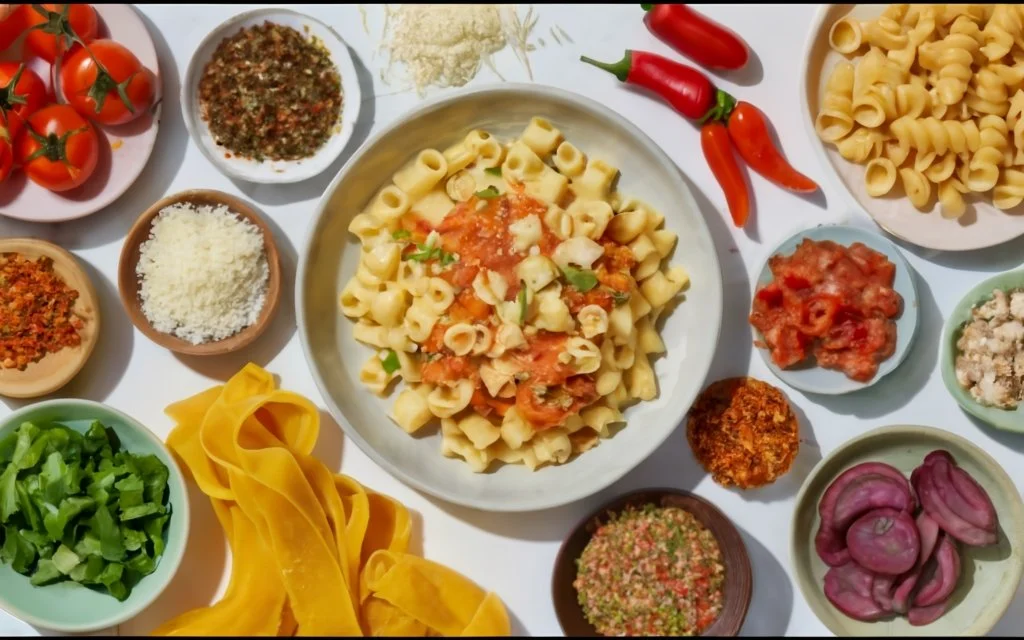
Sauces and Seasonings
The right sauce has the power to transform ditalini pasta into a flavor-packed dish. In particular, tomato-based sauces, with their tangy and rich profile, complement the pasta exceptionally well, especially in traditional Italian recipes. If you’re aiming for a creamier texture, consider adding a cheese or béchamel sauce, which can be a delightful addition, offering a smooth and velvety consistency. When it comes to seasonings, incorporating herbs like basil, oregano, and thyme can bring out the pasta’s natural flavors, while adding a hint of garlic or chili provides a nice kick.
Vegetables and Proteins
Vegetables, with their vibrant colors, varied textures, and rich nutrient profiles, serve as an excellent addition to ditalini pasta dishes. Furthermore, incorporating leafy greens such as spinach or kale, which, when gently wilted, meld beautifully and seamlessly with the pasta, enhances both the visual appeal and nutritional value. If you’re looking for a more crunchy texture, the inclusion of bell peppers or cucumbers is a splendid choice. Additionally, when it comes to proteins, Little thimbles pasta pairs wonderfully with a diverse array of options. Whether you opt for chicken, beef, or even seafood like shrimp, each choice provides a substantial source of protein, thereby elevating the dish’s overall satisfaction quotient.
For those preferring vegetarian alternatives, beans or lentils emerge as excellent additions, particularly in soups or salads, enriching the dishes with both flavor and substance.
Creative Recipes and Serving Ideas for Ditalini Pasta
Ditalini pasta, characterized by its delightful size and inherently versatile nature, is not merely confined to traditional culinary applications. Indeed, it serves as a vibrant canvas for culinary creativity, generously offering a plethora of possibilities for innovative and exciting dishes. For those who enjoy exploring creative cooking projects, you might also find inspiration in making a Dinosaur Cake. Indeed, it serves as a vibrant canvas for culinary creativity, generously offering a plethora of possibilities for innovative and exciting dishes. Eagerly, let’s dive into an array of creative recipes and unique serving ideas, each thoughtfully designed to significantly elevate your experience with Little thimbles pasta.
Innovative Ditalini Dishes
- Ditalini Pasta with Roasted Vegetables and Pesto: Toss Mini thimbles pasta with a mix of oven-roasted vegetables like zucchini, bell peppers, and cherry tomatoes. Add a dollop of homemade pesto for a fresh, herby flavor.
- Cheesy Ditalini Casserole: Combine cooked ditalini with a creamy cheese sauce, add in some cooked chicken or broccoli, top with breadcrumbs, and bake until golden and bubbly.
- Ditalini Pasta Salad with Mediterranean Flavors: Mix ditalini with chopped cucumbers, olives, feta cheese, and sun-dried tomatoes. Dress with olive oil, lemon juice, and a sprinkle of oregano for a refreshing salad.
Fun Serving Ideas
- When it comes to hosting parties or gatherings, consider serving your favorite ditalini soup in small shot glasses as a delightful and fun appetizer.
- For a unique and playful twist on pasta, create Ditalini Pasta Skewers by threading cooked Versatile ditalini, cherry tomatoes, mozzarella balls, and basil leaves onto skewers, perfect for picnics or barbecues.
- Looking for a portable and convenient meal option ? Try preparing Ditalini Pasta Jars by layering cooked ditalini, your choice of sauce, and other ingredients in mason jars.
By incorporating these creative recipes and serving ideas into your culinary repertoire, Small thimbles pasta can be transformed into an exciting and versatile ingredient that brings joy and innovation to your cooking.
Frequently Asked Questions About Ditalini Pasta
Ditalini pasta, renowned for its unique shape and extraordinary culinary adaptability, often captivates the attention and inquisitiveness of both culinary aficionados and pasta connoisseurs alike. Consequently, this specific section has been meticulously composed with the purpose of addressing a multitude of frequently asked questions. Our aim is to provide you with invaluable insights and pragmatic tips, all geared towards significantly enriching your overall encounter and appreciation of Tiny thimbles pasta.
Common Queries
How long should ditalini pasta be cooked for the perfect al dente texture?
Typically, ditalini pasta should be boiled for about 6 to 8 minutes. However, it’s always best to start checking at the 6-minute mark to ensure it doesn’t overcook.
Can ditalini pasta be used in cold dishes like pasta salads?
Absolutely! When it comes to cold dishes, Little thimbles pasta is an excellent choice. However, it’s important to note that after boiling, you should promptly rinse it under cold water. This step serves to halt the cooking process and prevent any undesirable sticking.
Is ditalini pasta suitable for people with dietary restrictions?
Yes, there are gluten-free and whole wheat varieties of ditalini pasta available, catering to different dietary needs.
Expert Answers
What are the best sauces to pair with ditalini pasta?
Ditalini pasta works well with a variety of sauces. Tomato-based sauces, creamy cheese sauces, and even light olive oil dressings are great choices.
How can I incorporate more nutrition into my ditalini pasta dishes?
Adding vegetables like spinach, kale, or bell peppers can boost the nutritional value. Also, consider using whole wheat or gluten-free ditalini for added health benefits.
With these FAQs addressed, we hope you feel more confident and inspired to create delicious and diverse dishes with ditalni pasta. Whether you’re a seasoned chef or a home cook, the possibilities with ditalini are endless!
Wrapping Up the Ditalini Pasta Journey
As we draw the curtains on our comprehensive exploration of ditalini pasta, it becomes abundantly clear that this unassuming yet incredibly versatile pasta holds a treasure trove of delights to offer. Beginning with its humble roots in Italian culinary heritage and extending to its contemporary role in the world of modern cuisine, versatile ditalini has firmly entrenched itself as a beloved and multifaceted ingredient adorning kitchens worldwide.
Whether you’re preparing a heartwarming bowl of Minestrone to ward off the evening chill, crafting a lively pasta salad for a sunny summer picnic, or venturing into the realm of innovative flavors and textures, Tiny thimbles pasta emerges as an exceptional selection. Its remarkable versatility, harmonizing effortlessly with an extensive array of components, be it robust sauces, delicate vegetables, or hearty proteins, firmly establishes it as an essential for pasta enthusiasts.
Keep in mind that the secret to crafting an exceptional ditalini dish hinges on mastering the cooking technique. This involves achieving the coveted al dente texture, skillfully selecting complementary ingredients, and embracing your creativity without hesitation. By applying the insights and tips thoughtfully provided in this guide, you’ll find yourself fully prepared to unlock the full potential of this delightful pasta variety.
So, grab a pot, pick your favorite ingredients, and let your culinary creativity flow with ditalini pasta. Buon appetito !
































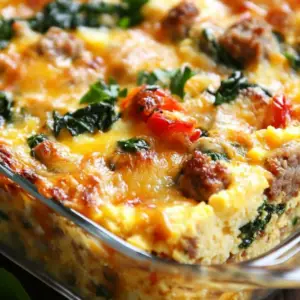


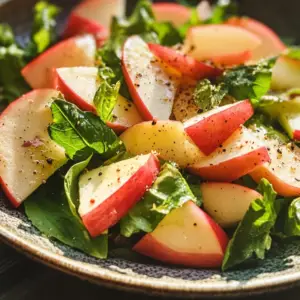








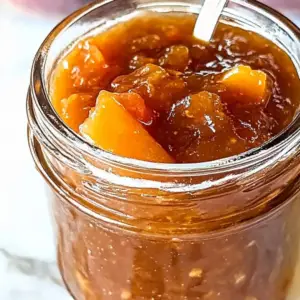


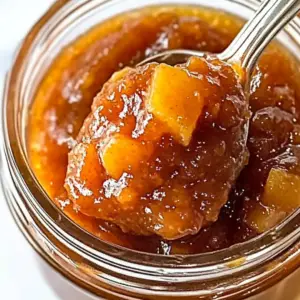
5 thoughts on “Ditalini Pasta : History, Versatility, and Culinary Magic”
Pingback: Chicken Parm Sandwich: Your Ultimate Guide
Pingback: Waffle Cookies Unveiled : A Guide to Sweet, Crispy Delights
Pingback: What Is the Difference Between Ditali and Tubetti Pasta?
Pingback: Is a Pretzel a Chip or Cracker? Unraveling the Snack Mystery
Pingback: What do Americans Eat Pretzels With? Exploring Popular Pairings